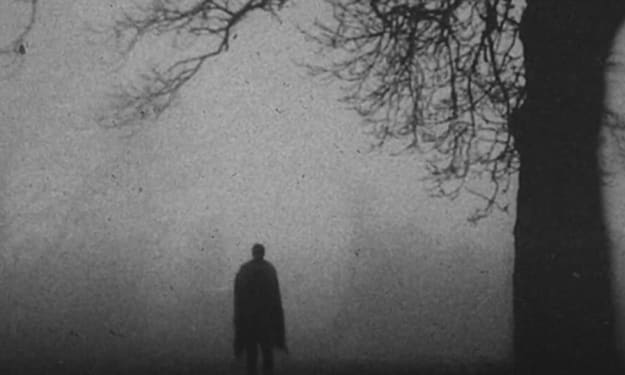
Long ago, in a time when humans and spirits lived harmoniously, there existed a mystical realm known as Zephyria. This ethereal world was a haven for spirits, a place where they could roam freely and experience everlasting peace. Within Zephyria, there was a small village called Serenadia, inhabited by a group of benevolent spirits known as the Luminescents. These radiant beings emitted a soft glow, their luminous forms captivating all who beheld them.
The Luminescents were led by a wise and compassionate spirit named Astraea. She possessed a deep understanding of the balance between the mortal realm and the spirit world. Astraea believed in the importance of maintaining harmony, ensuring that spirits and humans coexisted peacefully.
One fateful day, a group of explorers from the mortal realm stumbled upon the entrance to Zephyria. These explorers were filled with curiosity and awe as they beheld the breathtaking beauty of the spirit world. Word of this extraordinary realm soon spread amongst humans, provoking both fascination and fear.
Intrigued by the idea of encountering spirits, some humans began to venture into Zephyria. However, their intentions were not always pure. Some sought to exploit the spirits, while others simply wished to satisfy their own curiosity. This sudden influx of humans disrupted the tranquility of Zephyria, causing the Luminescents to grow anxious.
Astraea, sensing the growing tension, summoned a council of the Luminescents. Together, they decided to establish a barrier between Zephyria and the mortal realm, a protective boundary that would allow spirits to maintain their peace undisturbed. The barrier was woven from the combined energy of the Luminescents, imbued with their essence and power.
As the barrier took shape, Astraea realized that its creation required an immense sacrifice. The Luminescents would have to give up a part of themselves, their radiant essence, in order to strengthen the barrier and maintain its integrity. Without hesitation, the Luminescents agreed, understanding the importance of protecting their realm.
The energy released by the Luminescents during the creation of the barrier was so powerful that it created a blinding light, visible even in the mortal realm. Humans who witnessed this phenomenon were filled with awe and wonder, but also with fear. They believed that the spirits had been vanquished and transformed into vengeful beings, forever trapped between the mortal realm and the spirit world.
These spectral beings, now known as ghosts, were said to be the lost souls of those who had trespassed into Zephyria. They were believed to be forever trapped in a state of longing, unable to find peace or move on. The Luminescents, saddened by this misunderstanding, watched over the ghosts from afar, their hearts heavy with remorse.
And so, the legend of ghosts was born. The Luminescents, forever bound to their realm, continued to emit their gentle glow, a reminder of the harmony that once existed between the spirit world and the mortal realm. They hoped that one day, humans would come to understand the true nature of ghosts and embrace the importance of coexistence, allowing both realms to thrive in harmony once more.
As a genre, modern ghost stories are concerned with historical trauma, its remembrance and its lingering consequences. In these stories, the ghost is something that returns from the past, something that irrupts into the present, disrupting both the present’s presumed separateness from the past, as well as its stable inheritance of that past. There are two paradigmatic historical traumas that the modern ghost story responds to. The first is the transition from feudalism to capitalism, and the consequent shift in power from the aristocracy to the bourgeoisie. And the second is in effect a repetition of the first, as under imperialism different parts of the world experience the violent transition to modernity. Though the first transition, if it has a historical moment at all, happened some two hundred years earlier than the modern ghost story achieves its stable form, belatedness is consistently one of the characteristics of the modern ghost story. And regardless of whether that is an accurate or helpful model for understanding social change in the 19th century, it is overwhelmingly the narrative that ghost stories tell, and these are the terms in which they tell it.
About the Creator
Enjoyed the story? Support the Creator.
Subscribe for free to receive all their stories in your feed. You could also pledge your support or give them a one-off tip, letting them know you appreciate their work.





Comments
There are no comments for this story
Be the first to respond and start the conversation.